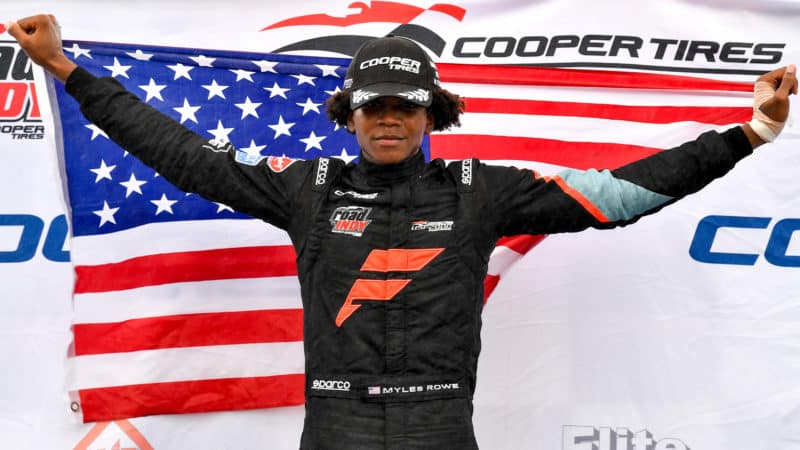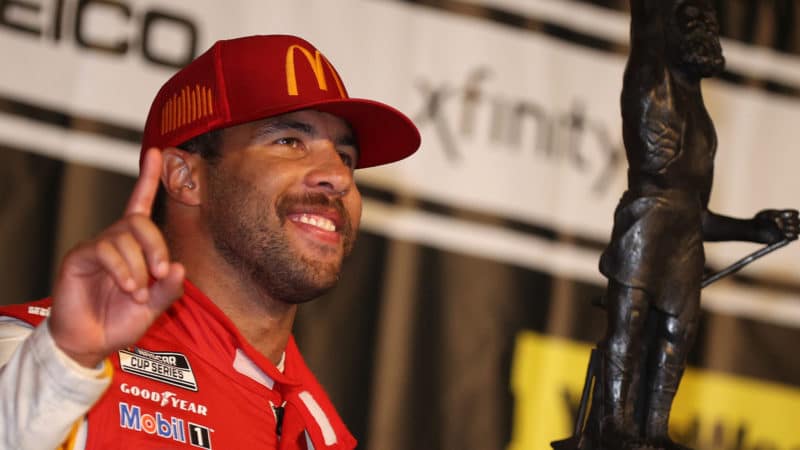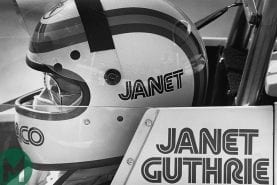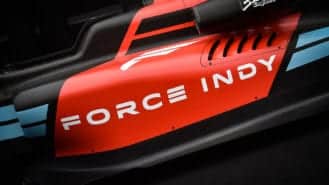Indy has been more hospitable to female drivers, starting with Janet Guthrie in 1977. Patrick – who twice led the 500 – Lyn St. James and Sarah Fisher were longtime fixtures at the Speedway, and in 2013, there were no fewer than four women in the field. In 2010, I attended the race to follow Simona de Silvestro, who claimed Rookie of the Year honours.
At the time, I was convinced that de Silvestro was a star in the making. She was fresh-faced, fearless and exuberant. Oh, and she was also fast. Three years later, she finished second on merit in the Indy car race at Houston. Yet at the end of the 2013 season, despite lots of blather about needing more women in the sport, de Silvestro couldn’t find a ride.
I used to think that what it was going to take to upend the status quo was the emergence of a woman or a Black driver who was a generational talent – somebody so successful that he or she transcended identity politics. But Lewis Hamilton blew that theory out of the water. Despite 100 F1 wins and seven world driving championships, Hamilton hasn’t inspired a sea change in racing. He’s hardly caused a ripple. If his example has proved anything, it’s that there’s always room for a winner. If there’s an alien from Alpha Centauri with multiple genders and sexualities who could put a car on the pole at Monaco, you can be sure they would have an F1 contract in a minute. But most drivers aren’t Lewis Hamilton, and all things being equal, owners inevitably choose to go with the easy conventional choice, i.e. a white male, rather than taking a flyer on a somebody who looks different from them.
“Even the Avengers – you need all of them if you want to accomplish something.”
So maybe change has to come from the top down. Shortly after buying the IndyCar Series and Indianapolis Motor Speedway, Roger Penske – the most powerful figure in American motorsports – created the Race for Equality & Change initiative, which helped underwrite the creation of the Black-owned Force Indy Cooper Tires USF2000 team.
Myles Rowe, a 21-year-old African-American whose promising career had stalled three years earlier when he ran out of money, was hired as the driver. This past year, he soldiered through an up-and-down season in the highly competitive series before scoring a storybook win in August at New Jersey Motorsports Park, where he came from ninth on a greasy track before executing a daring pass of champion-to-be Kiko Porto for the lead two corners from the finish.
“I knew I couldn’t mess up a single pass because the races are so short, so I focused on hitting every mark,” Rowe says. “That last lap, I was really scared I was going to spin the car. Every millisecond counted. If I’d been an inch, inch-and-a-half, farther back, Kiko probably would have cut across me, and I wouldn’t have been able to make the pass.”




